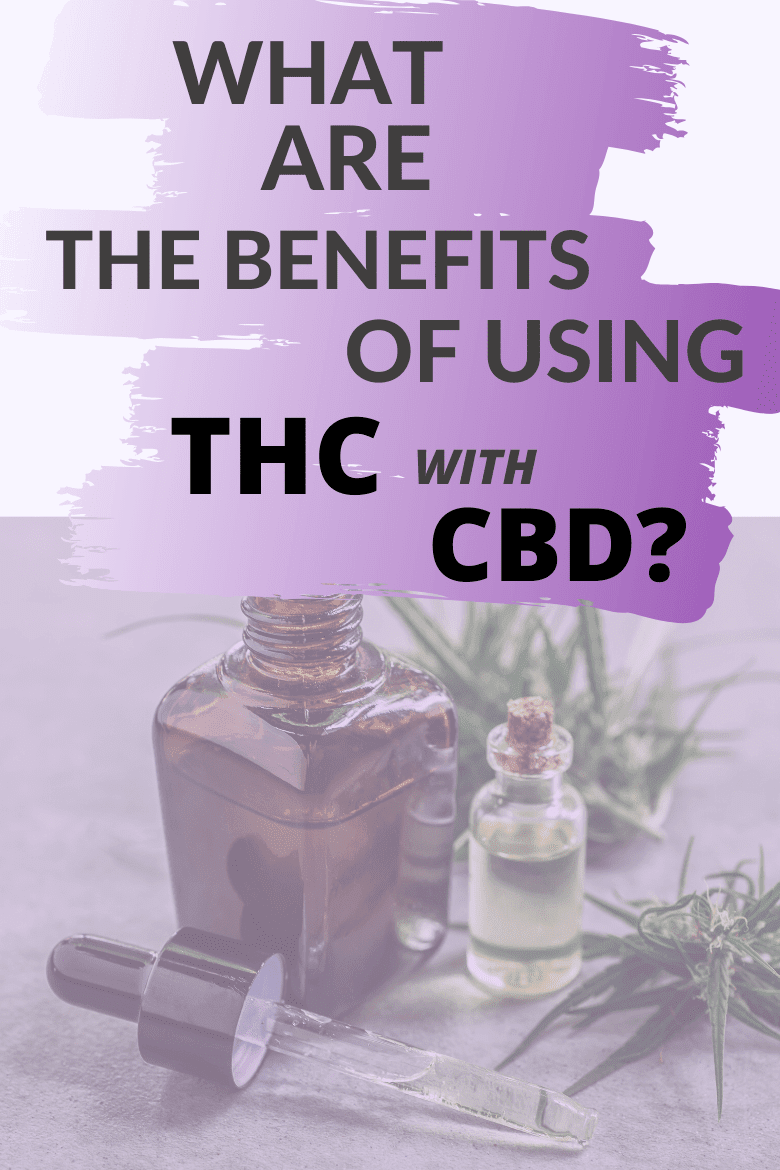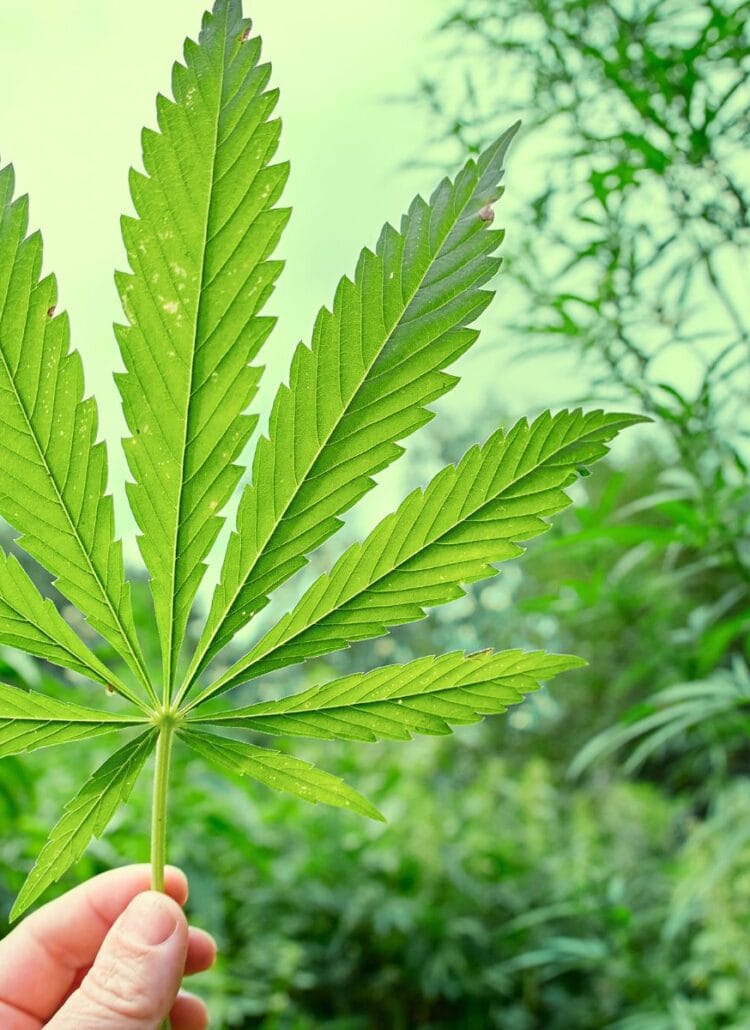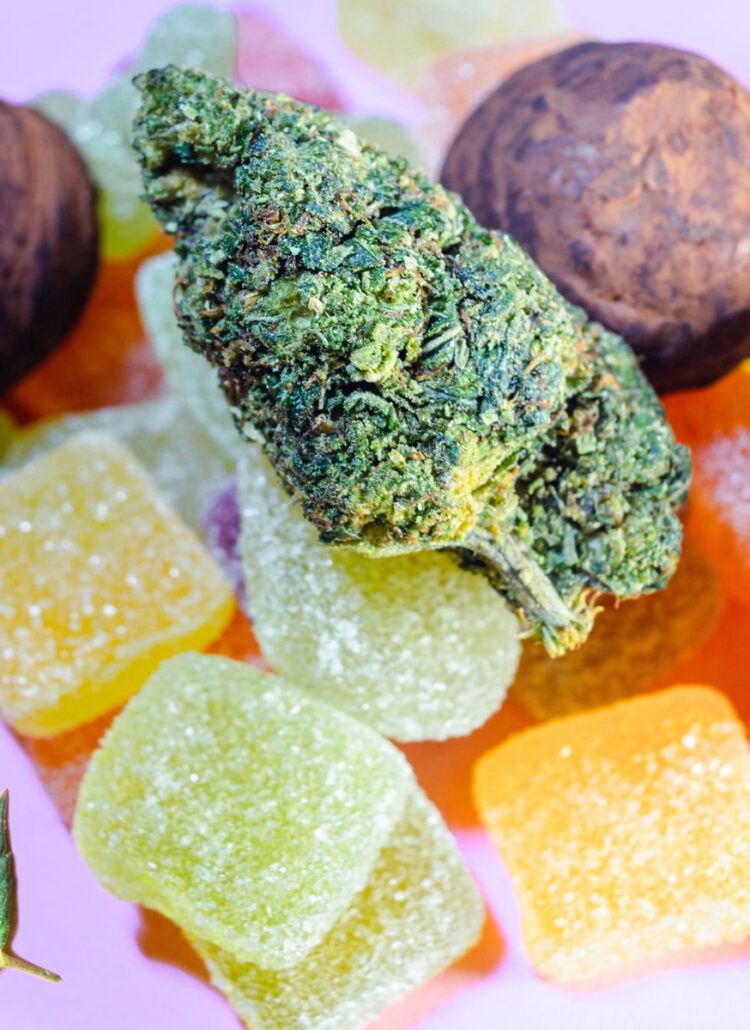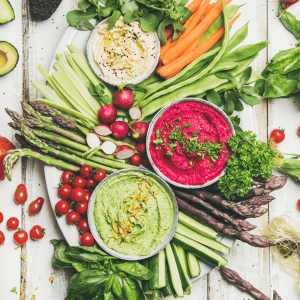In Chronically Cannabis, Dr. Michele Ross, a neuroscientist and cannabis expert, answers The Mighty community’s questions about treating chronic pain with cannabis. This is post #1 of 7 in the series.
The Mighty Community asked: “What are the benefits of using THC in conjunction with CBD, as opposed to just using CBD alone?”
The number one benefit of using THC for chronic pain. THC is more powerful at relieving pain than CBD is. I call CBD by itself, depending on the dosage, kind of like regular Tylenol, and CBD plus THC is like Tylenol Extra Strength.
THC activates your cannabinoid receptors much more strongly than CBD does. In fact, CBD doesn’t even bind to your cannabinoid receptors, it just boosts your natural amount of endocannabinoids, called anandamide. Those bind to your cannabinoid receptors. But anandamide binds much more weakly than THC does.
THC is super powerful at relieving pain, while CBD is a lot more gentle at relieving pain. If you are looking to relieve pain, like very severe pain, there’s only so much CBD can do for you. I hate to say that because a lot of people live in places where cannabis isn’t legal yet. If you take 25 or 50 milligrams of CBD and expect it to drop your pain from a level 10 to a 4, it’s probably not the case.
Besides the fact that THC more strongly activates those receptors, it also helps an effect called the entourage effect. All the different chemicals that are in the plant, from THC and CBD to other compounds called terpenes, all those components in the plant help your body absorb those cannabinoids better and they’re more likely to actually activate those other receptors and relieve pain and improve mood.
So THC with CBD together is actually more powerful than CBD by itself or THC by itself. THC plus CBD is the magic combination. For chronic pain patients, we recommend a 1 to 1 ratio, which is the same amount of THC and CBD. It’s actually really powerful at reducing inflammation and pain.
That 1-to-1 ratio is interesting because CBD is not psychoactive, it actually balances out the psychoactive components of THC. Sometimes people don’t use THC because they don’t want to get high, but CBD and THC together are very powerful at reducing pain while keeping people relatively in a non-psychoactive zone.
How To Take Action:
Posts #2-7 of this series are now live. Read:
Post #2: Which Cannabis Strains Are Best for Chronic Pain?
Post #3: What Types of Cannabis Products Are Best For Pain?
Post #4: How Does Cannabis Affect Pain Patients WIth Mental Illness?
Post #5: How Do I Try Cannabis If It’s Not Legal?
Post #6: Can You Become Desensitized To Cannabis?
Post #7: How Often Should I Take Cannabis For Pain?

Glossary of Terms
Cannabis: Also known as marijuana, weed, and pot, cannabis is a plant that can be eaten, brewed, smoked and vaporized. Its oils can also be extracted and consumed, or incorporated into topical creams. Cannabis is consumed for its psychoactive and pain-relieving properties. It is currently a Schedule 1 drug in the United States and is illegal at the federal level, but is legal for recreational and/or medical use in 33 states.
THC: Abbreviation for tetrahydrocannabinol, one of the compounds, or “cannabinoids,” found in cannabis. It is responsible for the plant’s psychoactive effects, since it binds to cannabinoid receptors in the brain responsible for pleasure and pain.
CBD: Abbreviation for cannabidiol, another cannabinoid found in cannabis. CBD is non-psychoactive and, unlike THC which binds to cannabinoid receptors, stimulates the body’s own endocannabinoid system. This can lead to physical benefits like reducing pain and lowering inflammation.
Endocannabinoids: Neurotransmitters produced by the body that bind to cannabinoid receptors. Endocannabinoids help control functions like pain and inflammation and maintaining homeostasis in the body.
Strain: A variation of cannabis that has been bred to enhance certain characteristics and compounds.
Terpenes: Aromatic oils secreted by the cannabis plant, which give its particular strain unique flavors and scents. Over 100 types have been identified. Terpenes also interact with other cannabis compounds to produce various physical and psychoactive effects.
Have a Question For Dr. Ross?
Ask your cannabis questions by filling out the form here for a chance to be featured in a future column.
Pin This Post

Share This Post





